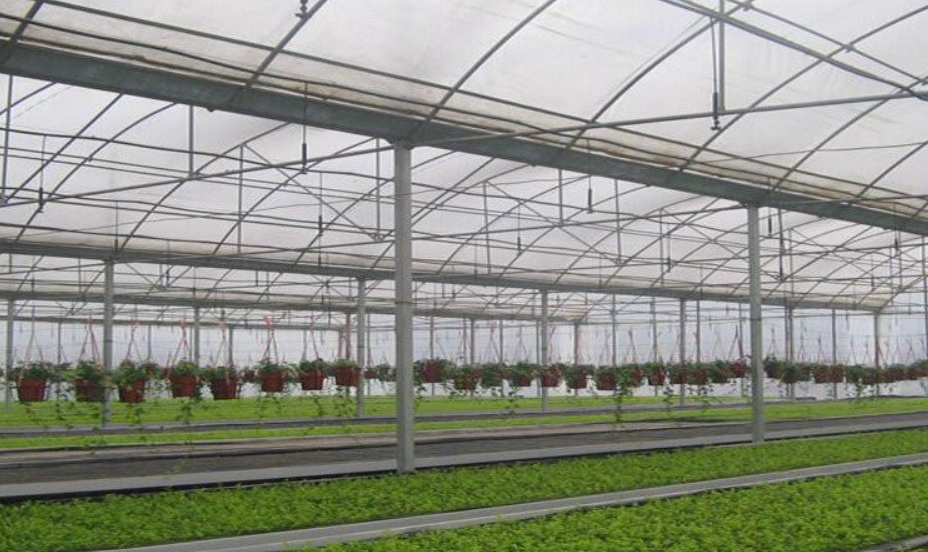Introduzione
Aluminum foil, commonly known for its uses in cooking and packaging in everyday life, plays a significant role in agriculture as well. In this article, we will explore the various applications of aluminum foil in agriculture, showcasing its importance in improving agricultural productivity and protecting crops.
Soil Covering and Protection
Aluminum foil is frequently used in agriculture as a soil covering and protection material. By laying aluminum foil over soil, farmers can reduce water evaporation, prevent soil erosion, and increase soil temperature, thus promoting plant growth and crop yields.

Weed Control
Farmers can utilize aluminum foil for weed control, especially in organic farming. Placing aluminum foil on planting beds or in gardens can effectively inhibit weed growth, reduce the need for weeding, and avoid the use of chemical herbicides, minimizing environmental impact.
Greenhouse Construction
In greenhouse construction, aluminum foil is commonly used as insulation and heat preservation material. Using aluminum foil on greenhouse roofs or walls can reduce heat loss, maintain internal temperature and humidity, create an optimal growing environment, and improve the yield and quality of greenhouse crops.
Fruit Tree Protection
Aluminum foil can serve as protective covers for fruit trees to prevent damage from pests and rodents. Alternatively, wrapping aluminum foil around fruits can create a shiny glare to deter birds and other animals, safeguarding the growth and integrity of the fruits.

Soil Analysis
Aluminum foil also plays a vital role in soil analysis. Agricultural researchers and farmers can use aluminum foil as containers or covers in laboratory experiments to collect soil samples or cover experimental setups for soil testing and analysis, guiding soil management and crop cultivation practices.
Conclusione
In conclusion, aluminum foil exhibits a wide range of functions and applications in agriculture, including soil covering and protection, weed control, greenhouse construction, fruit tree protection, and soil analysis. Its versatility and adaptability make it an indispensable tool in agricultural production, contributing to increased crop yields, improved growing environments, and the protection of crop health.


